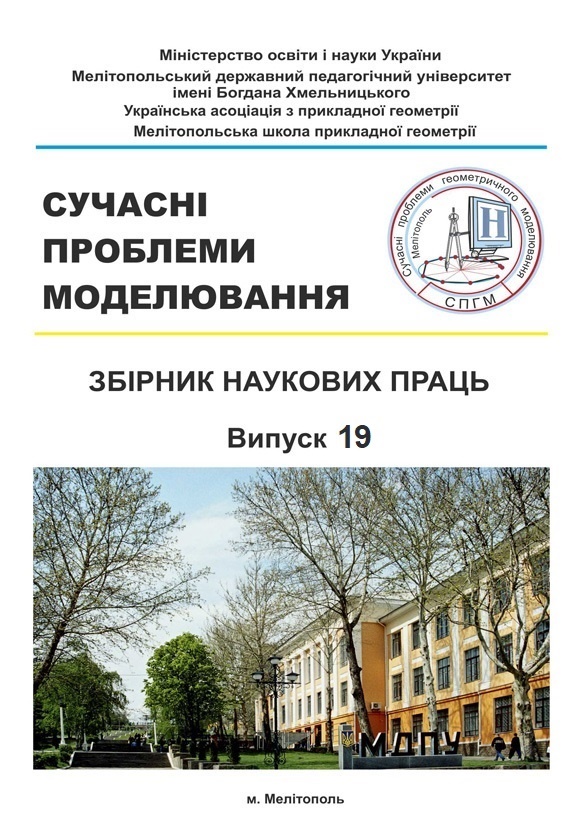USING DRAG-AND-DROP TECHNOLOGY WHEN CREATING A WEB INTERFACE
Abstract
The development of the Internet environment and the influence of external factors has given impetus to the rapid growth of the number of Internet users. This leads to competition between web resources, the evaluation criteria of which are information support, search usability and others.
The effectiveness of any site largely depends on its interface. The set of means by which a user interacts with a web resource directly affects how quickly and easily a visitor solves the tasks set before him and whether he wants to return to the site. The main requirements for web interfaces are simplicity and convenience. Therefore, it is important to logically structure, properly organize all its elements and determine the best way to interact with them.
One of the possibilities to solve such a problem is the use of drag-and-drop. Capturing an item with the mouse and moving it will visually simplify, for example, copying and moving documents (as in file managers); placing an order ("put in the basket"). This method is basic for developing many games, test tasks, rearranging graphic elements, sorting lists.
Modern web technologies have various tools for implementing drag-and-drop. Most often it is native JavaScript, HTML5 and JavaScript libraries. For a web developer, the question of choosing one technology from this set or their combination for the most effective project implementation is relevant. After all, the speed of development, its cost and quality depend on the competent choice of means of creation.
The paper discusses the possibilities of JavaScript language to create a web interface with drag-and-drop elements and install the most effective means of drag-and-drop interface. Dragging elements using native JavaScript, HTML5 & JavaScript links, JavaScript libraries, which allowed to summarize and systematize the results to determine the most effective means of implementing a drag-and-drop interface.
Keywords: web interface, drag-and-drop, JavaScript, HTML5, JavaScript-library, systematization, web technologies.




